
So, you've built (or are planning to build) your own DIY gantry crane. Fantastic! That sturdy steel frame is ready to handle serious weight. But let's be honest, cranking heavy engines, stroje, or materials up by hand gets old fast. That's where the magic of an Electric Hoist Kit comes in – it transforms your static frame into a powerful, efficient lifting machine.
Online chat1. Obsluha bez námahy: Lift hundreds or thousands of pounds with the simple press of a button. Save your back and your energy.
2. Přesné ovládání: Fine-tune positioning for delicate tasks. Many kits offer variable speed control.
3. Increased Productivity: Výtah, move, and lower loads significantly faster than manual methods.
4. Bezpečnost (When Used Correctly): Reduces strain and fatigue, minimizing the risk of accidents caused by slipping or improper lifting technique.
5. Essential for Heavier Loads: Manual chain hoists become impractical and unsafe beyond a certain weight.

Obvykle, a kit designed for a gantry crane includes the core components you need to motorize your lifting:
1. The Elektrický zvedák: The workhorse. This houses the electric motor, převodovka, lifting mechanism (chain or wire rope), and hook.
2. The Trolley: This is the crucial part that allows the hoist to travel horizontally along the top beam (I-paprsek) of your gantry crane. Kits usually feature a geared trolley (you push/pull the load to move it) or a motorized trolley (moves side-to-side electrically – more expensive but highly convenient).
3. Control Pendant: The handheld remote (wired or wireless) that lets you operate the hoist (nahoru/dolů) a, if included, the motorized trolley (left/right).
4. Montážní hardware: Šrouby, ořechy, and potentially spacers needed to securely attach the trolley to your crane’s beam and the hoist to the trolley.

1. Kapacita zatížení (SWL – Safe Working Load): This is NON-NEGOTIABLE.
Know your crane’s capacity: Your DIY crane structure must be rated for the weight you intend to lift, including the weight of the hoist and trolley itself.
Choose a hoist kit rated BELOW your crane’s capacity. Never exceed the lowest rated component (paprsek, legs, hoist, vozík). If your crane is rated for 1 tón (2000 lbs), choose a hoist kit rated for 1 ton or less. Factor in the kit’s weight (often 50-150 lbs).
Be Realistic: Err on the side of caution. Future-proofing is good, but don’t drastically over-spec if you won’t need it.
2. Výška zdvihu:
Measure the maximum height you need to lift objects from the floor to where the hook will be at its highest point under your crane beam.
Ensure the hoist’s chain/wire rope length provides this lift height plus sufficient extra for hook approach and safety (never let the hook block hit the hoist!).
3. Beam Compatibility (Trolley Fit):
Kritické! Measure the width (flange to flange) and height of the top flange of your crane’s I-beam accurately.
The trolley wheels must fit securely on the beam flanges. Kits are designed for specific beam dimensions or ranges. Getting this wrong means the trolley won’t fit or will be unsafe.
4. Lifting Medium:
Chain Hoist: More common in smaller/medium kits (až do 2-3 tun). Kompaktní, generally lower headroom, odolný, but can be noisier. Look for grade 80 or higher alloy chain.
Elektrický lanový kladkostroj: Smoother operation, often used for heavier capacities (2 tun+), quieter, but requires more headroom for the drum. Needs periodic inspection for fraying.
5. Voltage: Standard options are 110V/120V (common household in NA) or 230V/240V. Choose what matches your workshop supply.
6. Typ vozíku:
Geared Trolley: Most economical. You manually push/pull the load along the beam. Requires some effort, especially with heavy loads.
Motorizovaný vozík: Adds significant convenience and control. Operated via the pendant. Ideal for frequent lateral movement or precise positioning. Adds cost, weight, and complexity.
7. Control Pendant:
Kabelové: Spolehlivý, no batteries. The cable can sometimes get tangled.
Wireless: Greater freedom of movement. Requires battery management. Ensure it has good range and safety features.
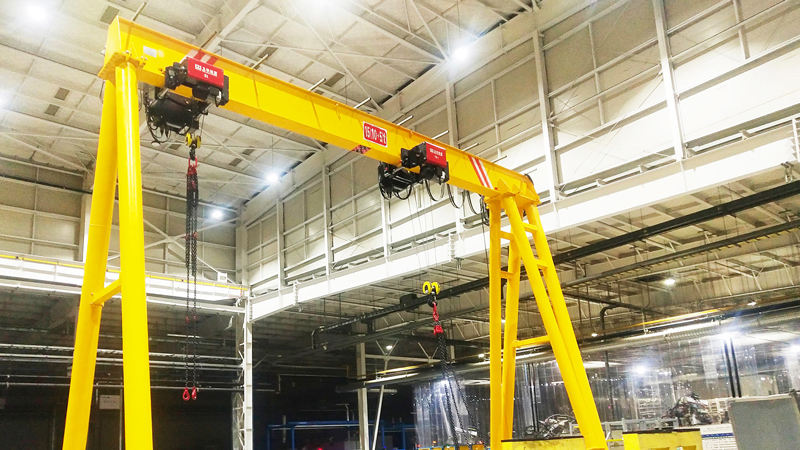
READ THE MANUAL: Thoroughly for both the hoist kit AND your crane structure.
Secure Mounting: Bolt the trolley firmly to the beam according to specs. Ensure the hoist is correctly mounted to the trolley. Use lock washers or thread locker.
Strukturální integrita: Double-check all welds and connections on your DIY crane před loading it with the hoist kit and lifting.
Elektrická bezpečnost: Have a qualified electrician connect the hoist to power if you’re unsure. Use appropriate circuit breakers/fuses. Ensure proper grounding.
Odbavení: Verify ample clearance around the crane for lifting and moving loads. Watch for overhead obstructions.
Never Exceed SWL: This includes the combined weight of the load, PŘIPOJENÍ, pouta, and the hook block.
No Side Pulling: Lift vertically. Pulling a load sideways puts immense, dangerous stress on the hoist, vozík, and beam.
Inspect Regularly: Check chains/wire ropes, Háčky, brzdy, controls, and structural components before every use. Look for wear, poškození, or deformation.
Wear PPE: Safety glasses and steel-toe boots are minimums.
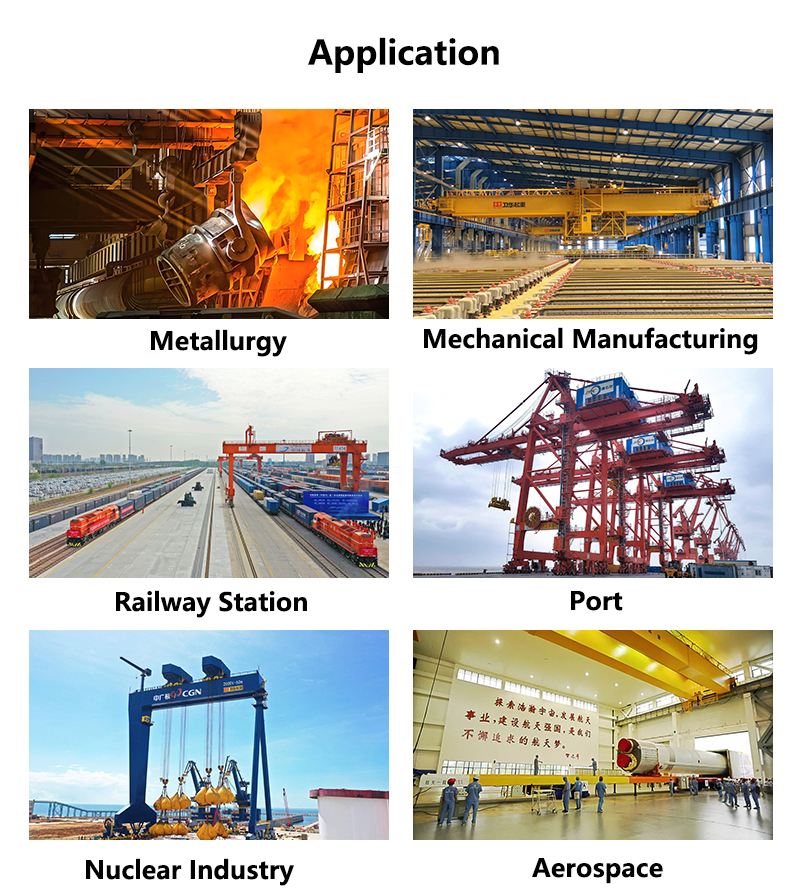
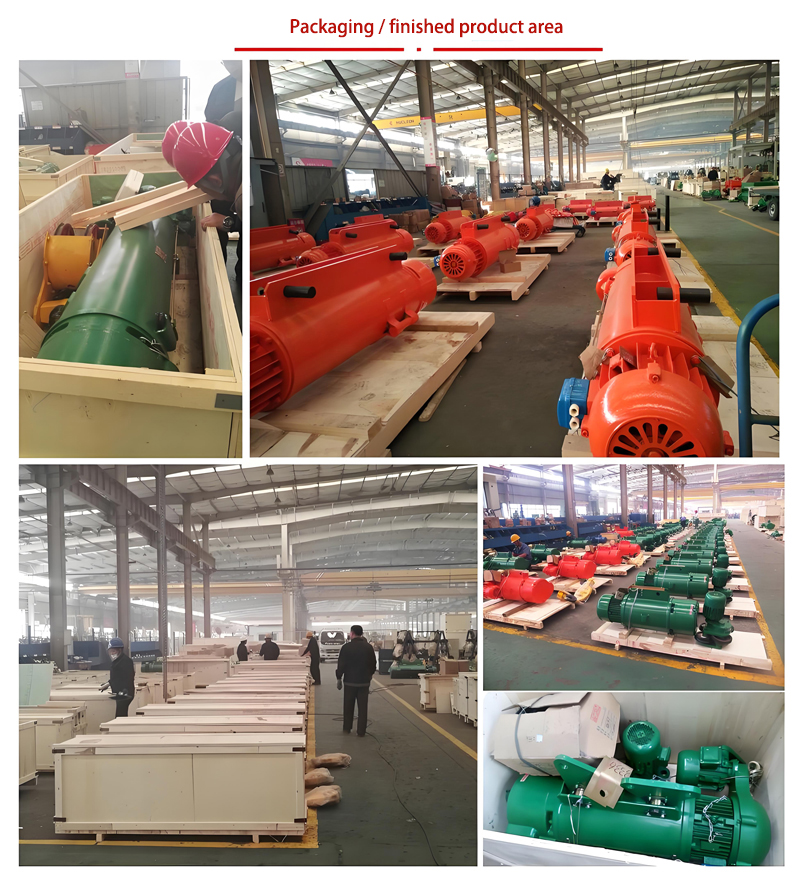
Adding a well-chosen electric hoist kit to your DIY gantry crane is a game-changer. It elevates your workshop capability from “can lift” to “can lift easily, safely, and efficiently.” It unlocks projects you might have avoided and saves you countless hours of strain. Just remember: Safety is not an option, it’s the foundation. Volit moudře, install meticulously, operate carefully, and enjoy the incredible power now at your fingertips (or rather, your pendant button)!
Vážíme si vaší zpětné vazby! Vyplňte prosím níže uvedený formulář, abychom mohli přizpůsobit naše služby vašim konkrétním potřebám.
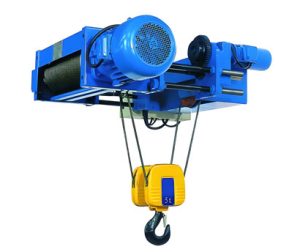
Weihha, přední výrobce jeřábů a kladkostrojů v Číně, nabízí speciální elektrické kladkostroje……

Elektrický řetězový kladkostroj Milwaukee je navržen pro náročné průmyslové aplikace, ……
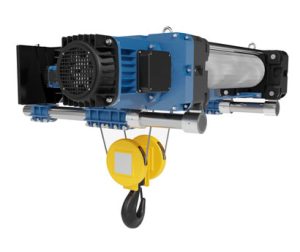
15 Klíčové vlastnosti elektrického kladkostroje s drátěným lanem & Výhody 1. Výjimečný zdvih Ca....
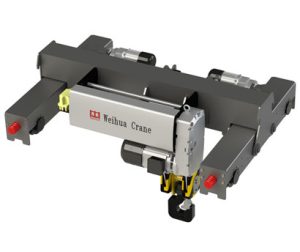
An electric hoist trolley assembly is a wheeled carriage system designed to suspend and ……
